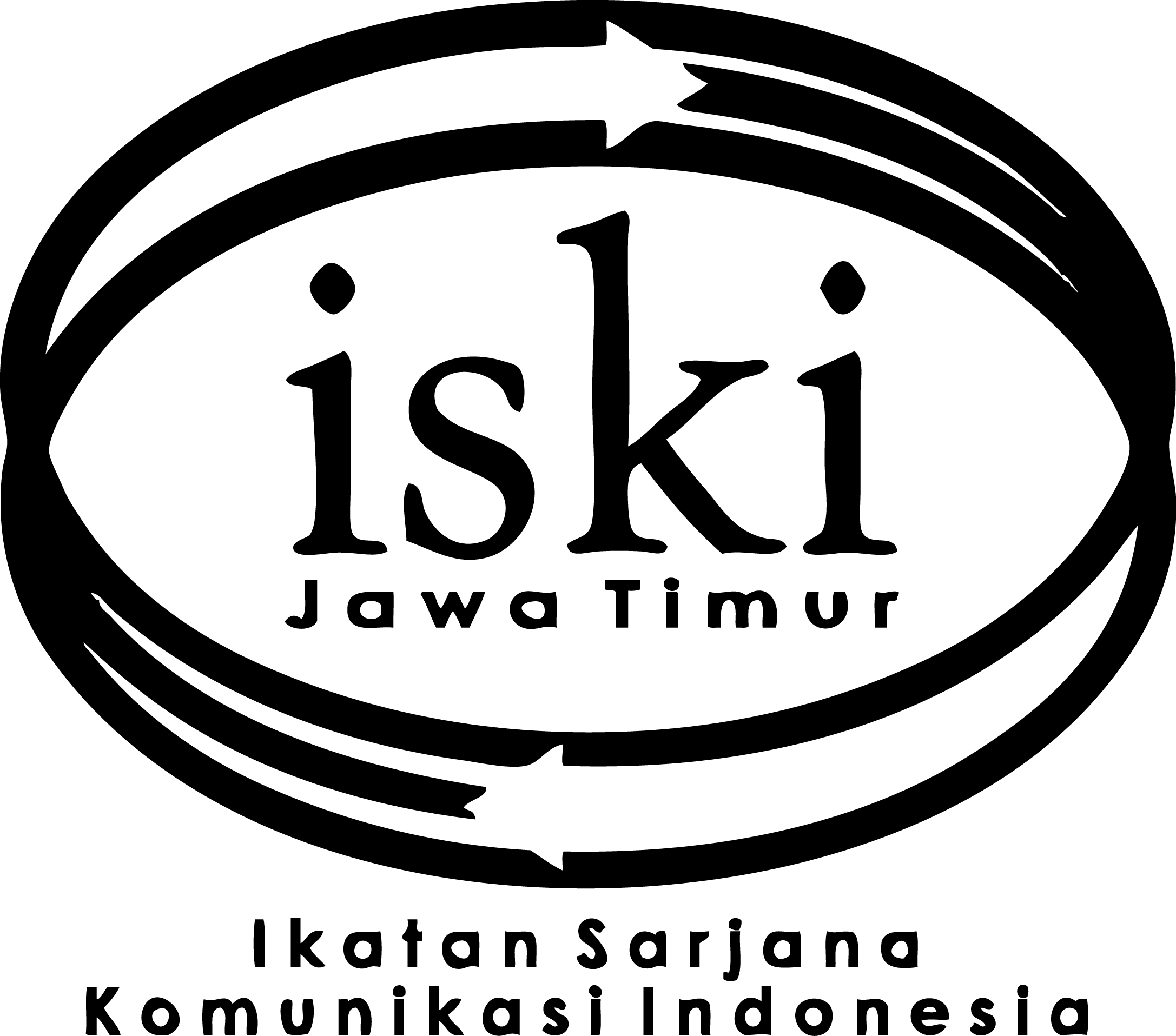Phubbing on Instagram and Its Impact on face-to-face Interaction and Social Satisfaction among University Students
DOI:
https://doi.org/10.37826/spektrum.v13i1.849Keywords:
Phubbing, Social interaction, Face-to-face Communication, Students, InstagramAbstract
This study aims to analyze the impact of Instagram usage on the social interactions of Universitas Boyolali students, highlighting the phenomenon of phubbing and its effects on the quality of face-to-face communication and social satisfaction levels. Phubbing refers to the behavior of ignoring direct interactions in favor of focusing on mobile phone usage, a phenomenon increasingly common among active social media users, especially Instagram users, within the student demographic. The research adopts John C. Creswell's descriptive qualitative approach and utilizes Miles and Huberman's data analysis techniques. In-depth interviews were conducted with several Universitas Boyolali students who regularly use social media, particularly the Instagram app. The findings reveal that excessive Instagram usage can disrupt the quality of direct social interactions. Most respondents acknowledged that their attention is often diverted by notifications and entertainment features on Instagram, leading to a decline in face-to-face communication quality. Furthermore, the phenomenon of phubbing has the potential to damage interpersonal relationships, with respondents emphasizing the importance of time management in Instagram usage. This study also highlights the importance of self-awareness in managing social media usage to maintain the quality of social relationships and direct communication. The findings contribute to understanding the impact of social media on student social interactions and offer insights for individuals and educational institutions to manage the negative effects of excessive social media use.
References
Chotpitayasunondh, V., & Douglas, K. M. (2018). The effects of “phubbing” on social interaction. Journal of Applied Social Psychology, 48(6), 304–316. https://doi.org/10.1111/jasp.12506
Creswell, J. W. (2015). Educational research: Planning, conducting, and evaluating quantitative and qualitative research (5th ed.). Pearson.
Hanika, I. M. (2015). FENOMENA PHUBBING DI ERA MILENIA (Ketergantungan Seseorang pada Smartphone terhadap Lingkungannya). 4(1).
Putri, C. A., & Sa’id, M. (2024). The Effect of FoMO and Social Media Addiction on Phubbing Behavior in Adolescent K-Pop Fans. Nusantara Journal of Behavioral and Social Science, 3(4), 169–178. https://doi.org/10.47679/njbss.202464
Qomaruddin, Q., & Sa’diyah, H. (2024). Kajian Teoritis tentang Teknik Analisis Data dalam Penelitian Kualitatif: Perspektif Spradley, Miles dan Huberman. Journal of Management, Accounting, and Administration, 1(2), 77–84. https://doi.org/10.52620/jomaa.v1i2.93
Rahardjo, L. K. D., & Soetjiningsih, C. H. (2022). Fear of Missing Out (FOMO) dengan Kecanduan Media Sosial pada Mahasiswa. Bulletin of Counseling and Psychotherapy, 4(3), 460–465. https://doi.org/10.51214/bocp.v4i3.328
Roberts, J. A., & David, M. E. (2016). My life has become a major distraction from my cell phone: Partner phubbing and relationship satisfaction among romantic partners. Computers in Human Behavior, 54, 134–141. https://doi.org/10.1016/j.chb.2015.07.058
Sigalingging, L. H., Setiawan, K., & Purnomo, A. M. (2024). Pengaruh Perilaku Phubbing Terhadap Komunikasi Interpersonal di Kalangan Mahasiswa Universitas Djuanda Angkatan 2020. Karimah Tauhid, 3(6), 7071–7083. https://doi.org/10.30997/karimahtauhid.v3i6.13978
Sugiyono. (2018). Metode Penelitian Kualitatif. Alfabeta.
Sugiyono. (2020). Metode Penelitian Kuantitatif, Kualitatif, dan R&D. Bandung. Alfabeta.
Survei APIJII Internet 2024. (2024). [Community]. Media Sosial Berdasarkan Generasi. https://survei.apjii.or.id/survei/group/9
Turel, O., & Serenko, A. (2020). Cognitive biases and excessive use of social media: The facebook implicit associations test (FIAT). Addictive Behaviors, 105, 106328. https://doi.org/10.1016/j.addbeh.2020.106328
Valkenburg, P. M., Meier, A., & Beyens, I. (2022). Social media use and its impact on adolescent mental health: An umbrella review of the evidence. Current Opinion in Psychology, 44, 58–68. https://doi.org/10.1016/j.copsyc.2021.08.017
Wang, P., Zhao, M., Li, B., Wang, X., Xie, X., Geng, J., Nie, J., Zeng, P., & Mao, N. (2022). Mother Phubbing and Adolescent Loneliness: A Mediation Model of Mother–Adolescent Communication and Perceived Mother Acceptance. 40(6). https://doi.org/10.1177/08944393211017263
Downloads
Published
How to Cite
Issue
Section
License
Copyright (c) 2025 Jurnal Spektrum Komunikasi

This work is licensed under a Creative Commons Attribution-NonCommercial-ShareAlike 4.0 International License.
























